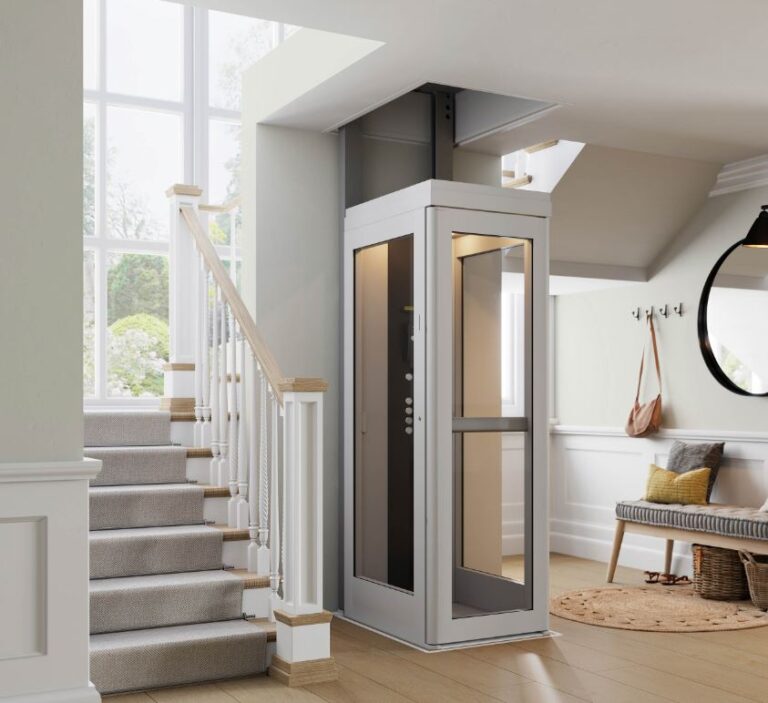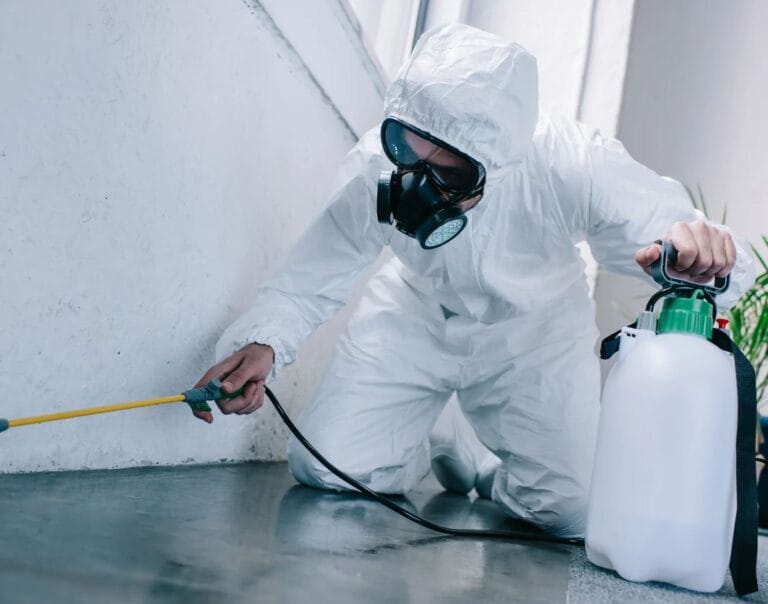How to Decide Between Repairing or Replacing Appliances

Is your refrigerator making strange noises? Have you experienced a washing machine malfunction where it ceased operation during a cycle and failed to continue?
When your home appliances fail to work properly you face a difficult choice regarding whether to repair them or replace them with new ones.
When you make the wrong choice between repair and replacement you may face expenses between several hundred to several thousand dollars. This article will help you decide between fixing your current appliance or buying a new one.
What you’ll discover:
- The 50% Rule to Determine Repair vs. Replace
- Appliance Lifespan Guide: When Replacement Makes Sense
- Hidden Costs and Considerations Beyond the Price Tag
- 5 Questions to Ask Before Making Your Decision
- Environmental Impact: The Sustainability Factor
The 50% Rule: Your Decision-Making Framework
When faced with a broken appliance, the 50% rule is simple: The appliance should be replaced when its repair bill exceeds 50% of its replacement cost.
This isn’t just about comparing costs. The decision you make should evaluate the appliance’s current age alongside its expected remaining functional lifespan.
Repairing a dishwasher that costs $700 for a $300 service fee appears smart at first glance but proves wasteful when the appliance nears its tenth year because it requires replacement soon.
Understanding when you should repair or replace your appliances helps you make cost-effective decisions. Visiting places like https://www.bayareaappliancefl.com/, can help you decide.
Appliance Lifespan Guide: When Replacement Makes Sense
Every appliance has an expected lifespan. A solid grasp of the expected duration of appliance operation allows for smarter choices when dealing with mechanical breakdowns.
Quick reference guide for common household appliances:
- Refrigerator: 10-13 years
- Washing Machine: 8-12 years
- Dryer: 8-12 years
- Dishwasher: 8-10 years
- Microwave: 9-10 years
- Oven/Range: 13-15 years
- Water Heater: 8-12 years
- HVAC System: 15-20 years
Repair expenses for appliances approaching the end of their expected lifespan become hard to justify. If your new appliance can be repaired at a reasonable cost then repair it instead of replacing it.
The True Cost Factors: Beyond the Price Tag
Decisions about appliance repair versus replacement require consideration of multiple factors in addition to just immediate cost differences.
Energy Efficiency
Modern appliances use less energy than their older counterparts especially refrigerators, washing machines, and HVAC systems which show the most significant reductions. The initial purchase price of a new ENERGY STAR refrigerator will be offset through energy savings between $200 and $300 during a five-year span.
Warranty Considerations
Ensure your appliance stays within its warranty period before you set up a repair service. Manufacturers typically offer 1-year warranties that cover both parts and labor and provide additional limited warranties that extend from 3 to 5 years for major components.
The cost of repairs for your appliance will remain small if warranty protection applies. Repair service professionals in the Bay Area can establish whether your appliance warranty remains valid and support you in processing service requests.
Installation and Removal Costs
When replacing, remember these additional costs: When you replace your appliance you will need to pay delivery fees as well as installation charges and expenses for removing old appliances and making any required home modifications. These factors often turn repairs into the preferred solution for marginal cases because they can increase replacement expenditures by $100-$300.
5 Key Questions to Answer Before Making Your Decision
Still unsure whether to repair or replace? Answer five questions to find out your best option.
1. How Old Is Your Appliance?
Once an appliance reaches three-quarters of its projected lifespan, replacing it becomes more logical than repairing it even with reasonable repair expenses. The increasing preference among consumers to repair appliances rather than replace them for environmental conservation and economic benefits requires thoughtful evaluation of financial and environmental consequences.
2. How Serious Is the Problem?
Minor problems with broken door seals as well as clogged filters and worn belts usually require minimal repair expenses. Repairing essential components like motors and compressors or electronic control boards demands substantial investment and these failures could recur.
3. How Frequently Has the Appliance Needed Repairs?
An appliance which needs frequent repairs over a short period indicates its declining functionality along with an increased probability of future problems. Given this situation purchasing a new appliance is usually the better choice for extended usage.
4. Have new models shown significant advancements in energy efficiency?
Modern energy-efficient appliances provide substantial power savings when used in daily tasks with devices like refrigerators and washing machines and HVAC systems. Factor these ongoing savings into your decision.
5. Does your current appliance fail to provide any features you require or wish for?
New appliances deliver benefits that go beyond solving existing problems. Newer appliances deliver smartphone compatibility and improved performance which could justify additional costs.
Environmental Considerations in Your Decision
People should give higher priority to environmental consequences when selecting their appliances. Repair expenses become more expensive due to increasing labor and operational costs but people continue to choose appliance repair whenever they can.
Repairing appliances not only extends their usable life and minimizes waste production but also strengthens economic support within local communities. As of May 2023 the United States employed about 29,950 home appliance repairers who collectively earned an annual average wage of $50,640.
Switching out outdated appliances for newer models can be more environmentally friendly because modern versions use less energy and water during operation. You should recycle your old appliance properly through retailer programs or by contacting your local waste management agency when you replace it.
Making the Final Decision: A Practical Approach
After evaluating these factors we introduce a straightforward procedure for you to implement.
- Get an accurate repair analysis and expense projection from a reputable service provider.
- Research the complete price of new similar models which includes the cost for installation.
- Start with the 50% rule for replacement costs before adjusting it based on the appliance’s age.
- Evaluate the amount of energy you could save through replacing your old appliance after ten years.
- Your financial assessment may reveal that deferring major purchases leads to more logical repair decisions.
Homeowners need to establish a replacement strategy while selecting repair actions that remain practical up until the time when replacement becomes essential.
Wrapping Up the Repair vs Replace Dilemma
The process of repairing or replacing damaged appliances does not need to generate financial pressure or emotional anxiety. Assessing appliance age and repair costs against replacement expenses and energy efficiency benefits enables you to reach a decision that respects your budget and environmental footprint while taking personal needs and preferences into account.
Remember these key takeaways:
- Start making decisions by considering the 50% rule.
- Assess the age of the appliance relative to its expected lifespan.
- Consider the frequency of needed repairs
- Calculate potential energy savings from replacement
- Your replacement budget calculations should always account for installation as well as removal fees.
This approach gives you the necessary skills to manage appliance breakdowns in the future effectively!







